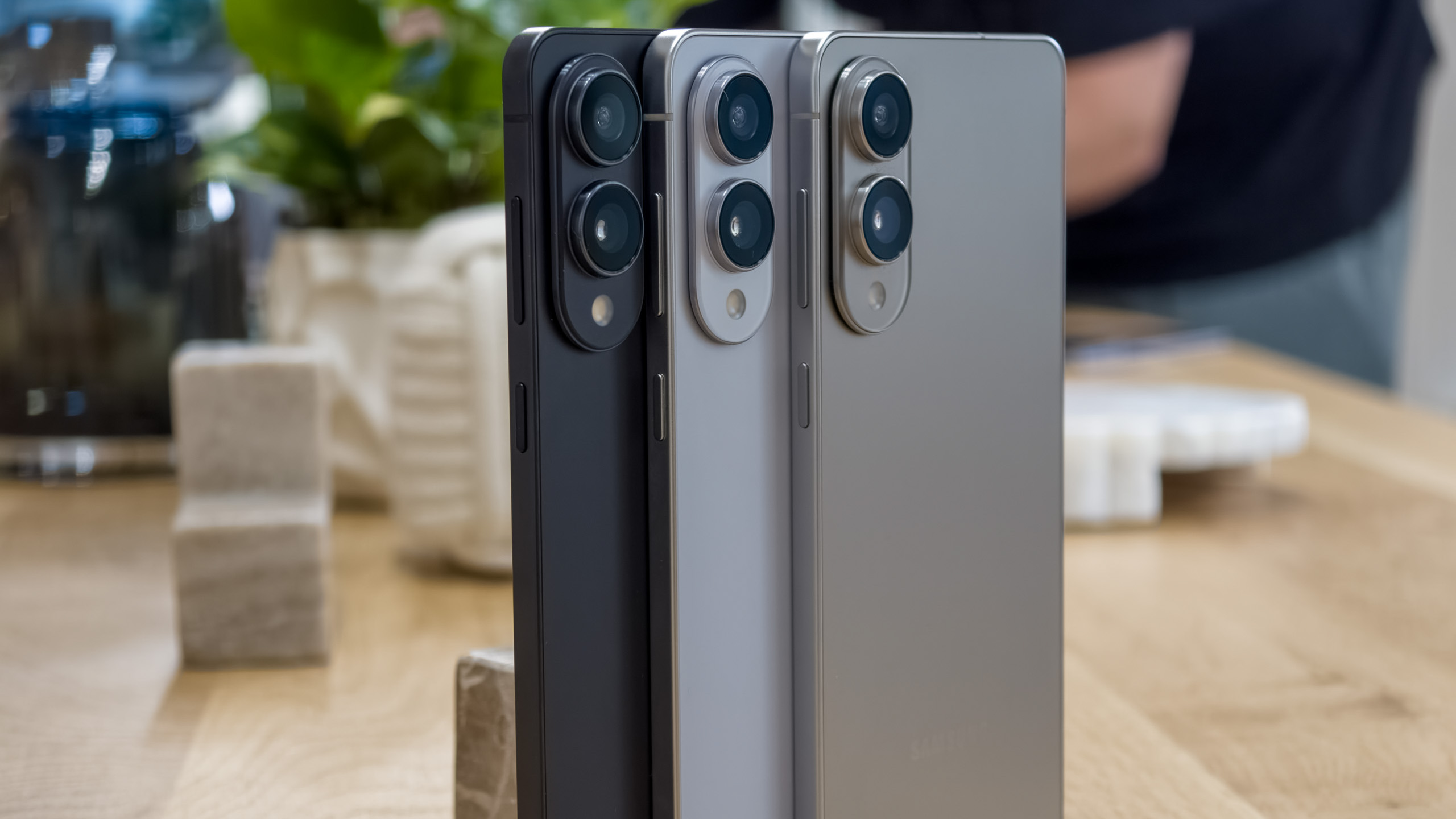Required reading: CyanogenMod team Q&A

There's some great stuff coming out of the CyanogenMod camp over the past week, and we're not talking about an alpha version of some phone long forgotten. No, this one comes in the form of a lengthy Q&A session that gives great insight into how the community project works.
You can guess where a lot of the questions lead -- "When will my device be supported?" ... "Why isn't my device supported?" ... "What devices are next?" ... and so on and so forth. But there's once answer that particularly stood out, because it's one we get asked a lot, too. In a nutshell, it's why can the CM team get updates of next-gen Android versions released for phones before carriers and manufacturers.
The answer:
- We aren’t trying to ‘beat’ anybody; such an idea leads to a lot of broken ROMs and potentially broken phones. That said, we do have fewer resources, but we also have less to upkeep. CyanogenMod is created as one large OS, a standardized image across all devices we support. The OEMs, for competition purposes, don’t do this – they need features that sell. Quite frankly, in some cases, it isn’t in their interest to update devices either. If they did, who would buy the next generation that comes out in 6-8 months time?
- “Continuity” for us is actually easier to maintain, if for nothing else than the points in response #1
- The carriers do take long to test, because they have to certify both the hardware and software aspects of the device, and go through a number of legal (FCC, for instance) and partner (operators and Google) certification stages before release. Devices that destroy their network towers or cause issues are no benefit to them. CyanogenMod gets the phones at the end of the chain – they have already proven to be network compliant, and we don’t have to worry about carrier requirements. We code our features to minimally alter the network connectivity as well. As for testing they have a Q&A division, with unknown (though likely not large amounts) of testers. We have nightlies that we utilize as our testing; so in our release cycles, there is actually a lot of time built in for testing.
The answer in and of itself is important, but we're equally happy to see the CM team remind us all that by far the bulk of the code in a CM release is written by someone other than the CyanogenMod team. Or, as they put it, "CyanogenMod gets the phones at the end of the chain – they have already proven to be network compliant, and we don’t have to worry about carrier requirements." There are a lot of hands that go into putting out any Android update. And not having to answer to carrier, manufacturer and governmental testing absolutely speeds the process.
The entire Q&A is a must-read and can be found here. More: +CyanogenMod
Get the latest news from Android Central, your trusted companion in the world of Android

